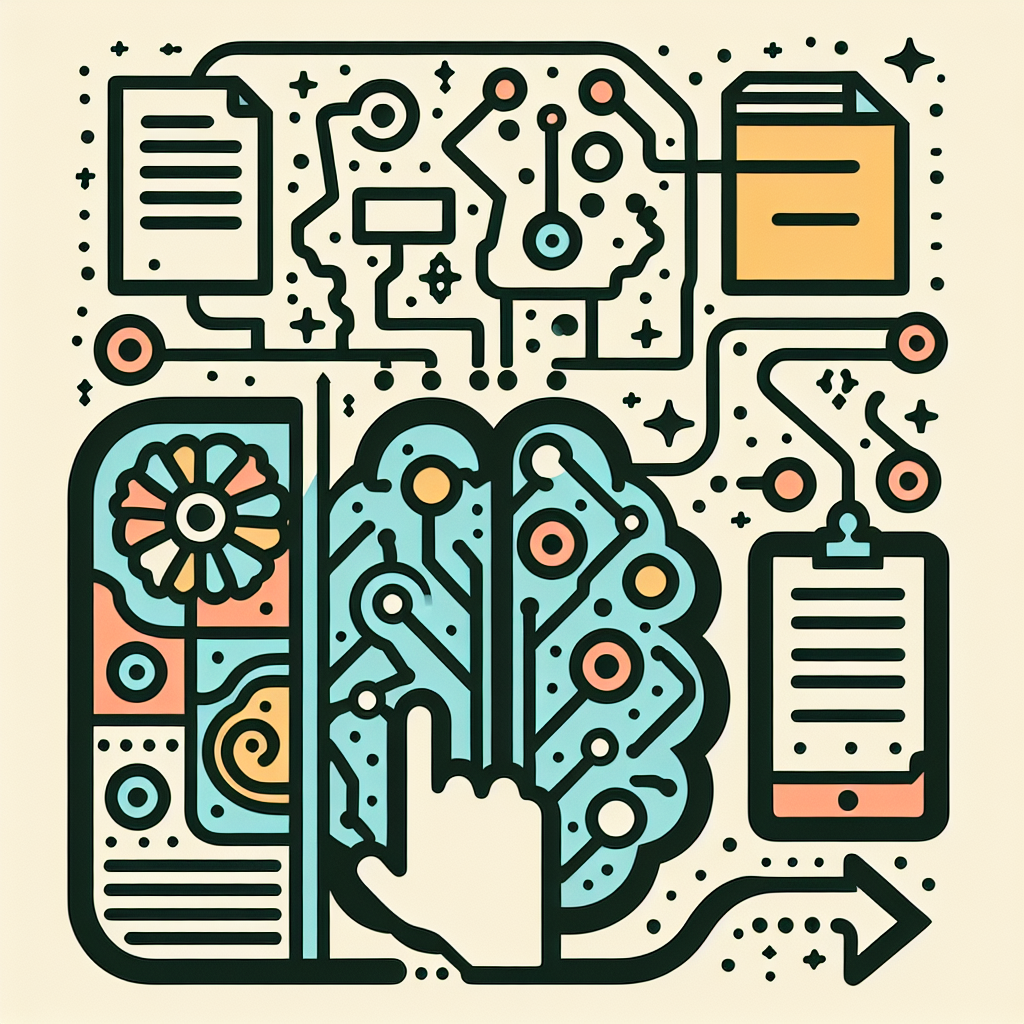The Role of Natural Language Processing (NLP) in Document Classification
In today’s digital age, the amount of text data being generated and stored is growing at an exponential rate. With this massive influx of information, it has become crucial for businesses and organizations to efficiently classify and organize their documents in order to extract valuable insights and make informed decisions. This is where Natural Language Processing (NLP) comes into play.
NLP is a branch of artificial intelligence that focuses on the interaction between computers and human language. It enables computers to understand, interpret, and generate human language in a way that is both useful and meaningful. Document classification is one of the key applications of NLP, as it allows organizations to automatically categorize and organize their vast amounts of textual data.
The process of document classification involves assigning predefined categories or labels to documents based on their content. This can be done using a variety of techniques, such as machine learning algorithms, rule-based systems, or a combination of both. NLP plays a crucial role in this process by enabling computers to extract relevant information from text documents and make intelligent decisions about how to categorize them.
One of the key challenges in document classification is the sheer volume of text data that needs to be processed. Manual classification of documents is not only time-consuming and labor-intensive, but also prone to errors and inconsistencies. NLP offers a more efficient and accurate solution by automating the classification process and enabling computers to analyze and interpret text data at scale.
There are several ways in which NLP can be used to improve document classification. One common approach is to use text mining techniques to extract key features from documents, such as keywords, phrases, or topics. These features can then be used to train machine learning models that can automatically classify new documents based on their similarity to existing categories.
Another popular technique is to use natural language understanding (NLU) algorithms to analyze the semantic meaning of text documents. By understanding the context and intent behind the words used in a document, NLU algorithms can make more accurate and nuanced decisions about how to categorize it. This can be particularly useful in scenarios where documents may contain ambiguous or complex language.
In addition to text mining and NLU, NLP can also be used to improve the quality of document classification by incorporating domain-specific knowledge or language models. By training NLP models on domain-specific data or using pre-trained language models, organizations can achieve higher accuracy and performance in their document classification tasks.
Overall, NLP plays a critical role in document classification by enabling organizations to efficiently and accurately categorize their textual data. By automating the classification process and leveraging advanced NLP techniques, businesses can extract valuable insights from their documents, improve decision-making, and enhance overall productivity.
FAQs:
Q: What are the benefits of using NLP for document classification?
A: NLP offers several benefits for document classification, including increased efficiency, accuracy, and scalability. By automating the classification process, organizations can save time and resources, while also improving the accuracy and consistency of their document categorization. NLP also enables organizations to analyze and interpret large volumes of text data at scale, making it easier to extract valuable insights and make informed decisions.
Q: How does NLP improve the accuracy of document classification?
A: NLP improves the accuracy of document classification by enabling computers to analyze and interpret text data in a more nuanced and intelligent way. By using advanced NLP techniques, such as text mining, natural language understanding, and domain-specific language models, organizations can achieve higher accuracy and performance in their document classification tasks. NLP algorithms can extract key features from documents, analyze the semantic meaning of text, and incorporate domain-specific knowledge to make more informed decisions about how to categorize documents.
Q: What are some common challenges in document classification using NLP?
A: Some common challenges in document classification using NLP include dealing with unstructured or noisy text data, handling ambiguity and complexity in language, and adapting to changing or evolving document categories. NLP algorithms may struggle to accurately classify documents that contain ambiguous or complex language, or that do not fit neatly into predefined categories. Organizations may also face challenges in training NLP models on large volumes of text data, ensuring the quality and accuracy of their classification results, and integrating NLP into existing systems and workflows.
Q: How can organizations get started with NLP for document classification?
A: Organizations can get started with NLP for document classification by first identifying their specific use case and goals for document categorization. They should then gather and prepare their text data, selecting a representative sample of documents to train and test their NLP models. Organizations can choose from a variety of NLP tools and techniques, such as text mining, natural language understanding, and domain-specific language models, depending on their specific requirements and domain expertise. It is also important to evaluate and fine-tune NLP models based on the accuracy and performance of their document classification results, and to continuously monitor and improve their NLP systems over time.

